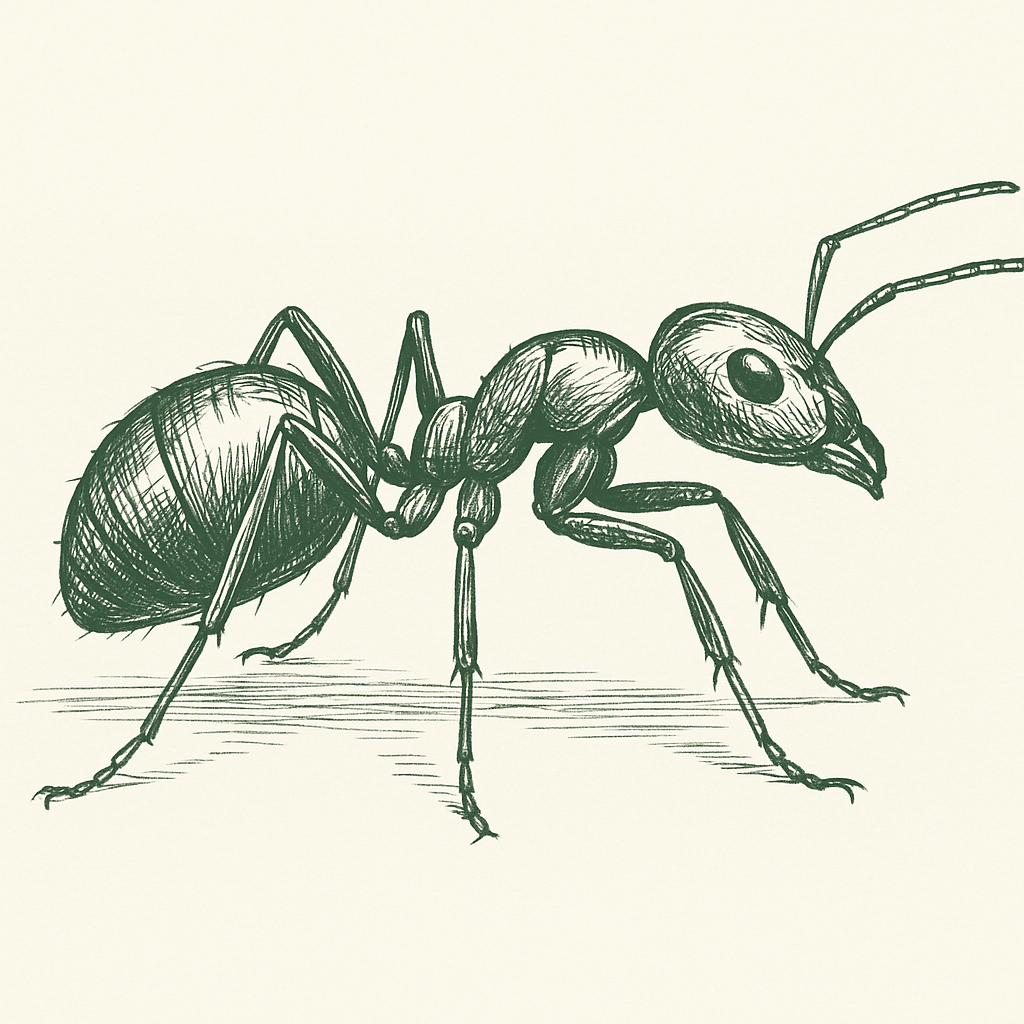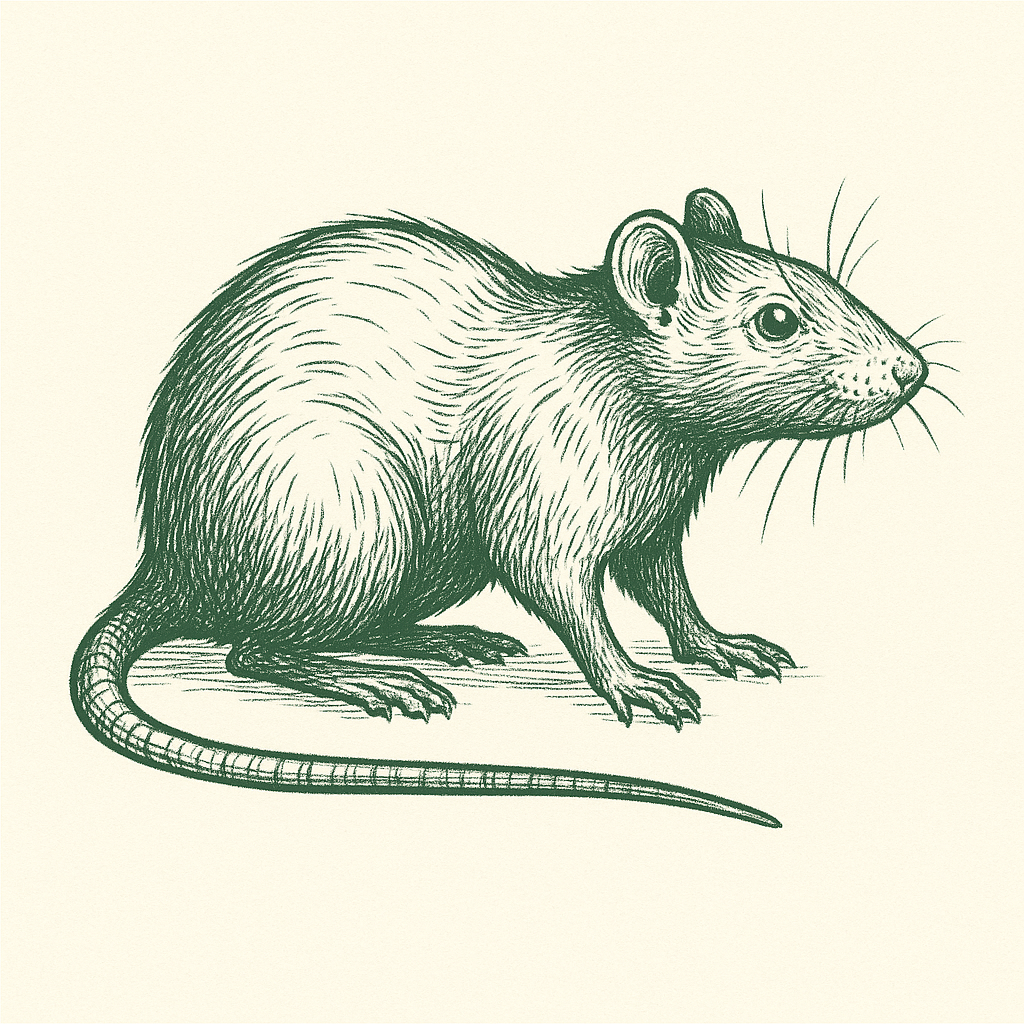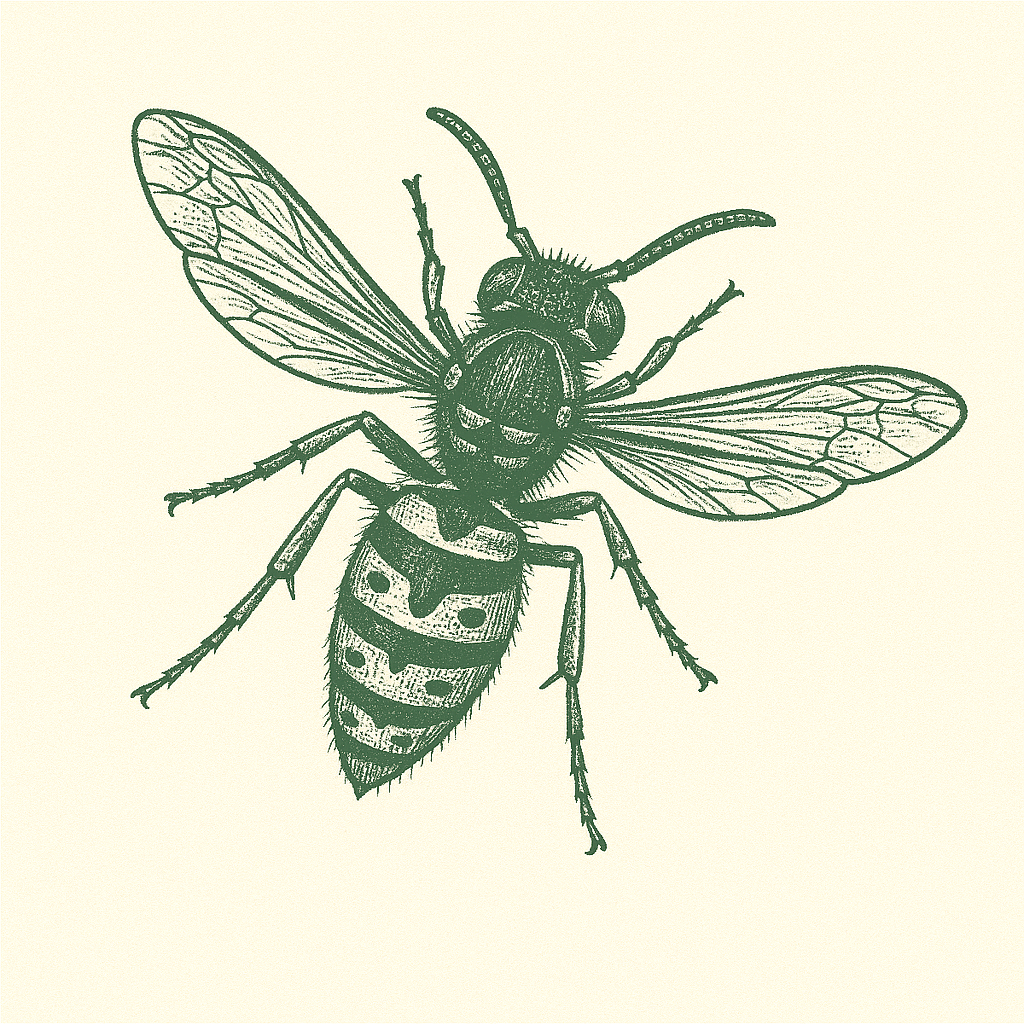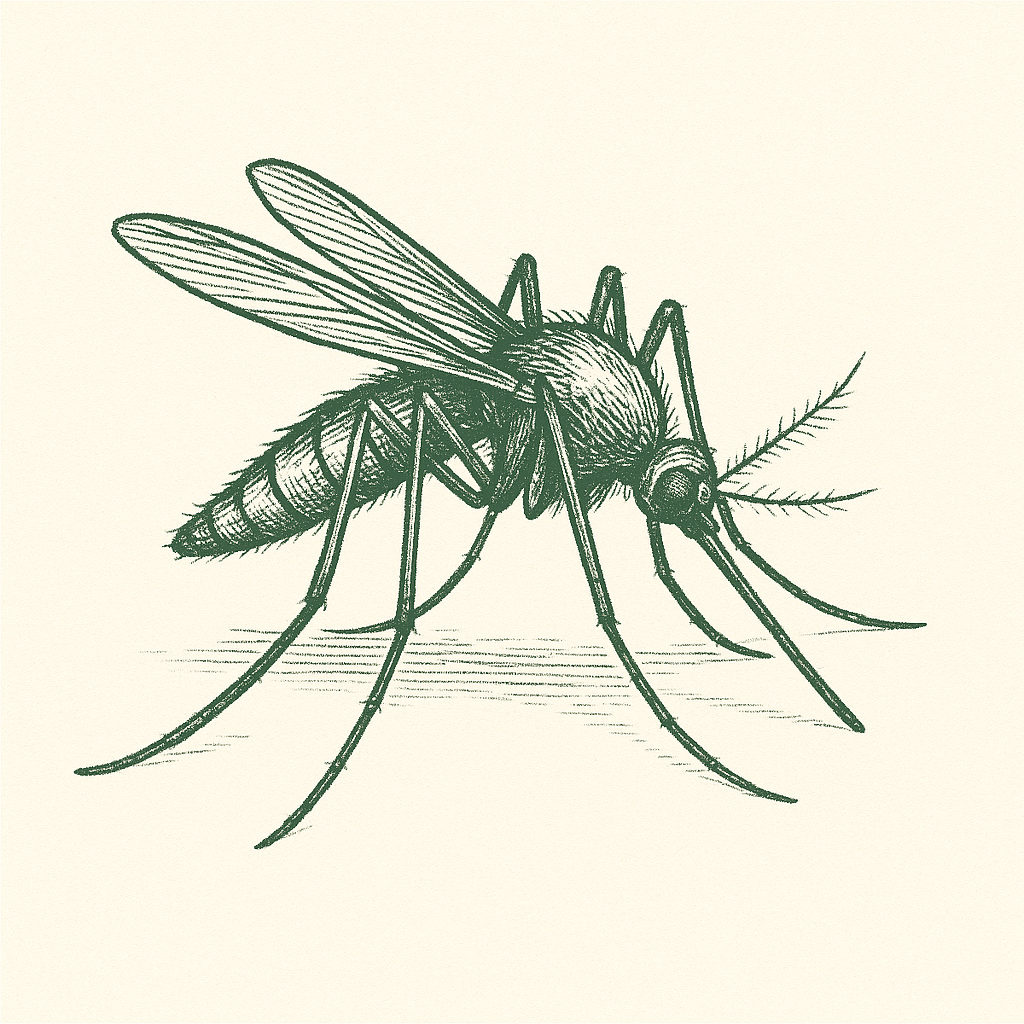Pest Control That Is Safe, Simple, & Smart
Which Pest Is Bothering You?
Pests can be a significant nuisance when they invade your home, causing frustration and potential harm. Common invaders include ants, spiders, wasps, and mice, which can be challenging to eliminate and may cause damage or spread disease. If you're facing a pest infestation, it's crucial to address it promptly. Insight Pest Solutions provides a range of effective solutions to eliminate unwanted pests and restore a safe, healthy environment to your home.
Award-Winning Excellence


QualityPro Accredited
Insight Pest Solutions Canada is honored to be among the top 3% of pest control companies awarded the QualityPro Accreditation — the mark of excellence in pest management. This distinction reflects our rigorous hiring practices, technician training, safety standards, and commitment to customer satisfaction.
Insight Pest Control Package
We offer comprehensive pest control solutions tailored to your specific needs. Choose the package that works best for your situation, or contact us for a customized solution.
Request a QuoteInitial Treatment
- Thorough Property Inspection
- Pest Identification
- Interior & Exterior Treatment
- Foundation Spray
- Crack and Crevice Treatment
Quarterly Protection
- Quarterly Preventive Visits
- Interior & Exterior Treatments
- Spider Web Removal (up to 25 feet)
- Wasp Nest Removal (up to 25 feet)
- Unlimited Service Calls
Free Unlimited Call-Backs
- Booked around your schedule
- No extra charge
- Priority service booking
- Specialized service staff
- Includes interior and exterior treatments
What Is Our Team's Mission?
At Insight Canada, we strive for perfection in our industry. We strive to lead the industry in Canada as we aim to set the standard in home pest defense and prevention. We strive to be the largest provider of home pest control services in the country. We know that in order to reach this goal we must offer truly excellent customer service, a safe, green and sustainable service, and develop authentic relationships with our customers and the Insight Canada team members.
Through exceptional service, expert training and education, use of the newest and best technology and safest products, we promise to make your home a safer and cleaner environment for you and your family.
Get Started











